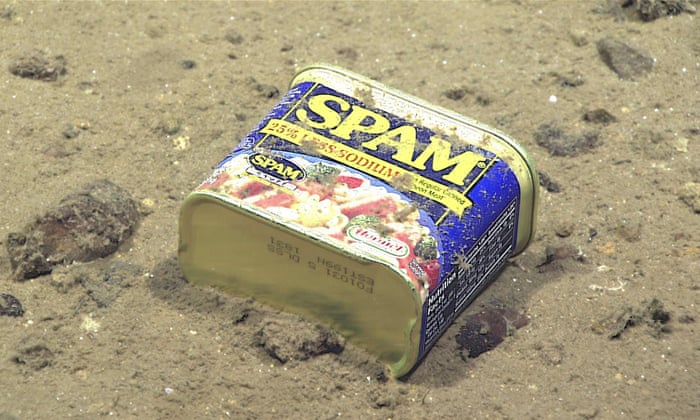Presence of manmade chemicals in most remote place on planet shows nowhere is safe from human impact, say scientists

Scientists have discovered “extraordinary” levels of toxic pollution in the most remote and inaccessible place on the planet – the 10km deep Mariana trench in the Pacific Ocean.
Small crustaceans that live in the pitch-black waters of the trench, captured by a robotic submarine, were contaminated with 50 times more toxic chemicals than crabs that survive in heavily polluted rivers in China.
“We still think of the deep ocean as being this remote and pristine realm, safe from human impact, but our research shows that, sadly, this could not be further from the truth,” said Alan Jamieson of Newcastle University in the UK, who led the research.
“The fact that we found such extraordinary levels of these pollutants really brings home the long-term, devastating impact that mankind is having on the planet,” he said.
Jamieson’s team identified two key types of severely toxic industrial chemicals that were banned in the late 1970s, but do not break down in the environment, known as persistent organic pollutants (POPs). These chemicals have previously been found at high levels in Inuit people in the Canadian Arctic and in killer whales and dolphins in western Europe.
The research, published in the journal Nature Ecology and Evolution, suggests that the POPs infiltrate the deepest parts of the oceans as dead animals and particles of plastic fall downwards. POPs accumulate in fat and are therefore concentrated in creatures up the food chain. They are also water-repellent and so stick to plastic waste.
Read more here.























